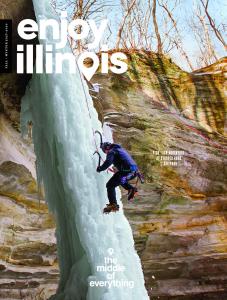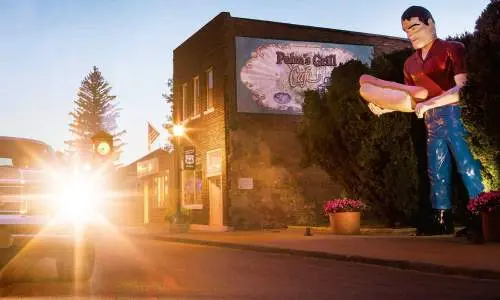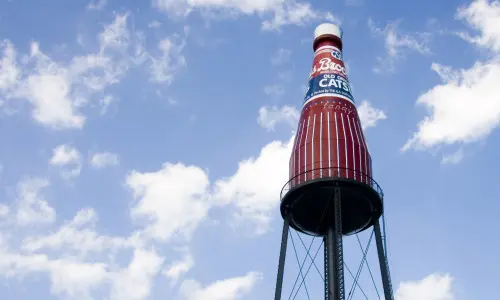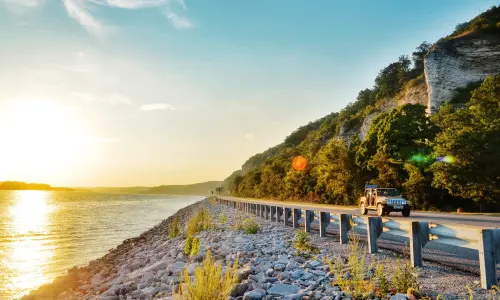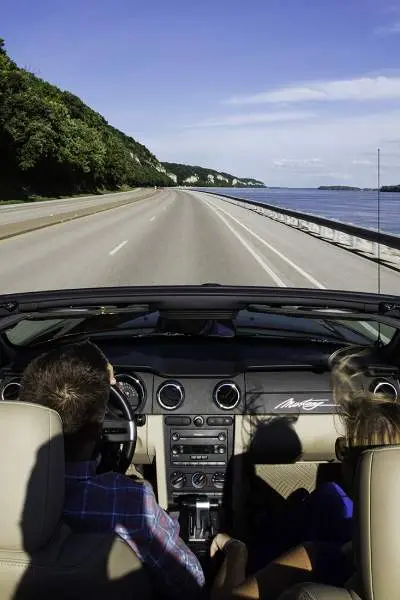
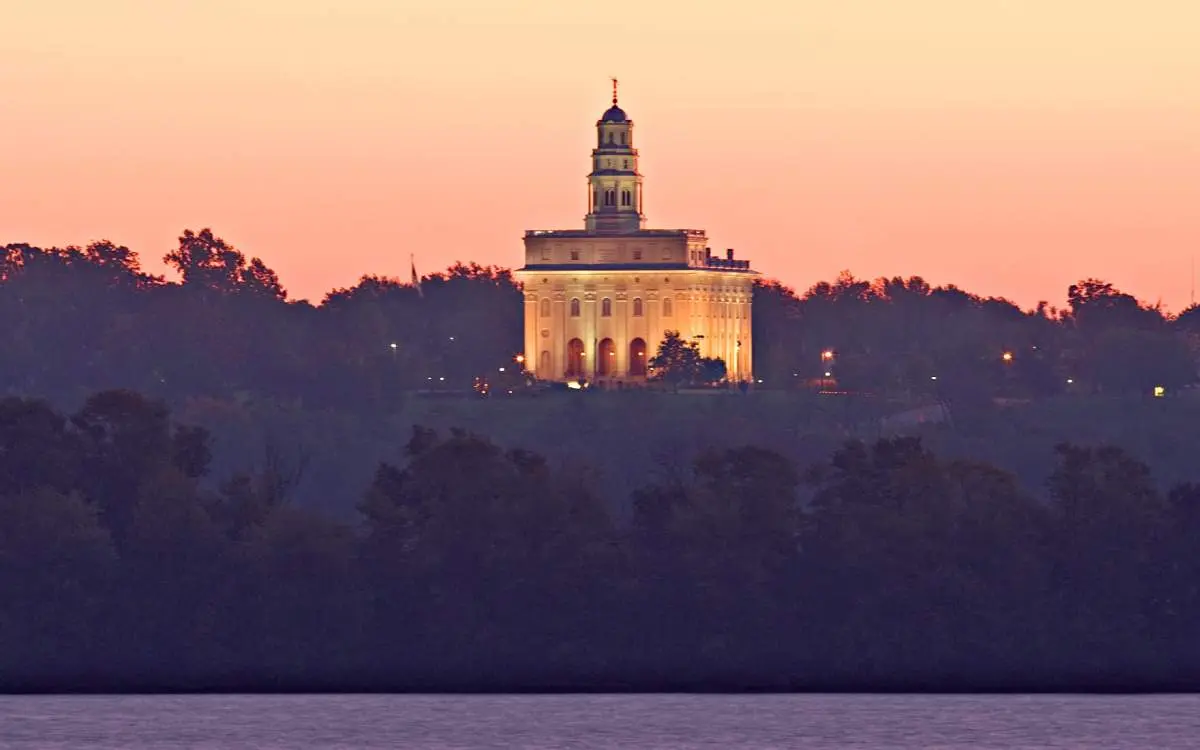
Great River Road
Stretching from East Dubuque in the north to Cairo in the south, this 570-mile byway meanders beside the Mississippi River through 18 counties and past 15 locks and dams, defining much of the Prairie State’s western edge. The drive traces the broad waterway along upland meadows, through dense forests, past limestone bluffs and among cypress swamps. In winter, eagles and other birds of prey soar over river towns such as Savanna near the tour’s northern reaches. The road dallies in communities where visitors can bike or hike on trails close enough to the water’s edge to hear people conversing aboard passing barges. Steamboats depart from Moline and Rock Island, the Illinois half of the Quad Cities.
Three Towns to Explore
- Galena. On the Galena River, this bustling town in northwest Illinois is popular for its unique shops and restaurants housed in century-old buildings. At the end of the day, find respite in one of the town’s 50 inns and hotels.
- Nauvoo. Joseph Smith, founder of the Church of Jesus Christ of Latter-day Saints, named this town of 1,118 in 1839; it continues to preserve Mormon history and faith.
- Quincy. The town’s Washington Park—home to a Lincoln-Douglas debate in 1858—welcomes special events such as an annual spring Dogwood Festival and the summer Midsummer Arts Faire.
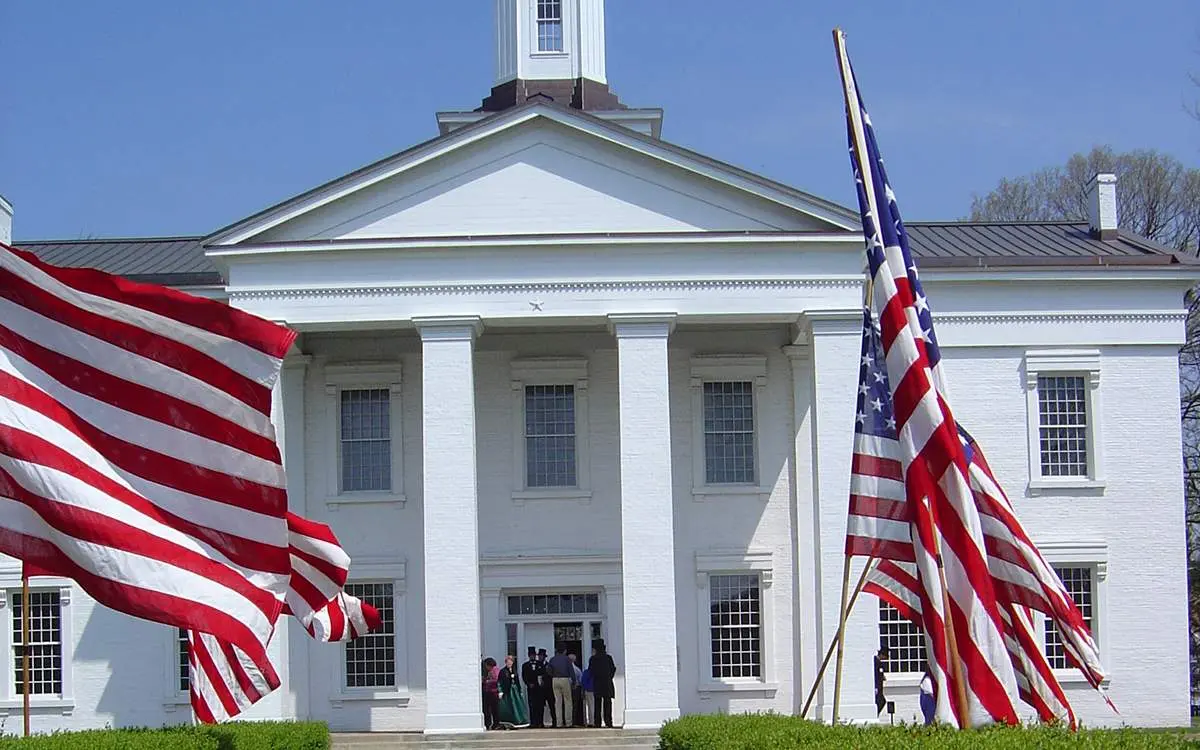
Historic National Road
Nineteenth-century covered wagons helped blaze one of the first trails west across south-central Illinois. Pioneers called the route simply the National Road. US-40 replaced the old frontier trail, which takes its time through fields and farm towns. Following that historic route from the Indiana state line to the Mississippi River, the National Road Scenic Byway plays tag for 165 miles with I-70. Stands of oak and silver maples flank the byway briefly, then long views of corn and soybean fields replace them. Windbreaks of trees surrounding farmhouses and hulking grain elevators rise above the flat landscape.
Three Towns to Explore
- Vandalia. The imposing 1836 Vandalia Statehouse presides at the center of Illinois’ second capital.
- Greenville. Visit in spring to see the town’s hundreds of crab apple, redbud and cherry trees in bloom.
- Collinsville. You’re sure to smile at the water tower just south of the National Road along State-159. It looks like the world’s biggest ketchup bottle.
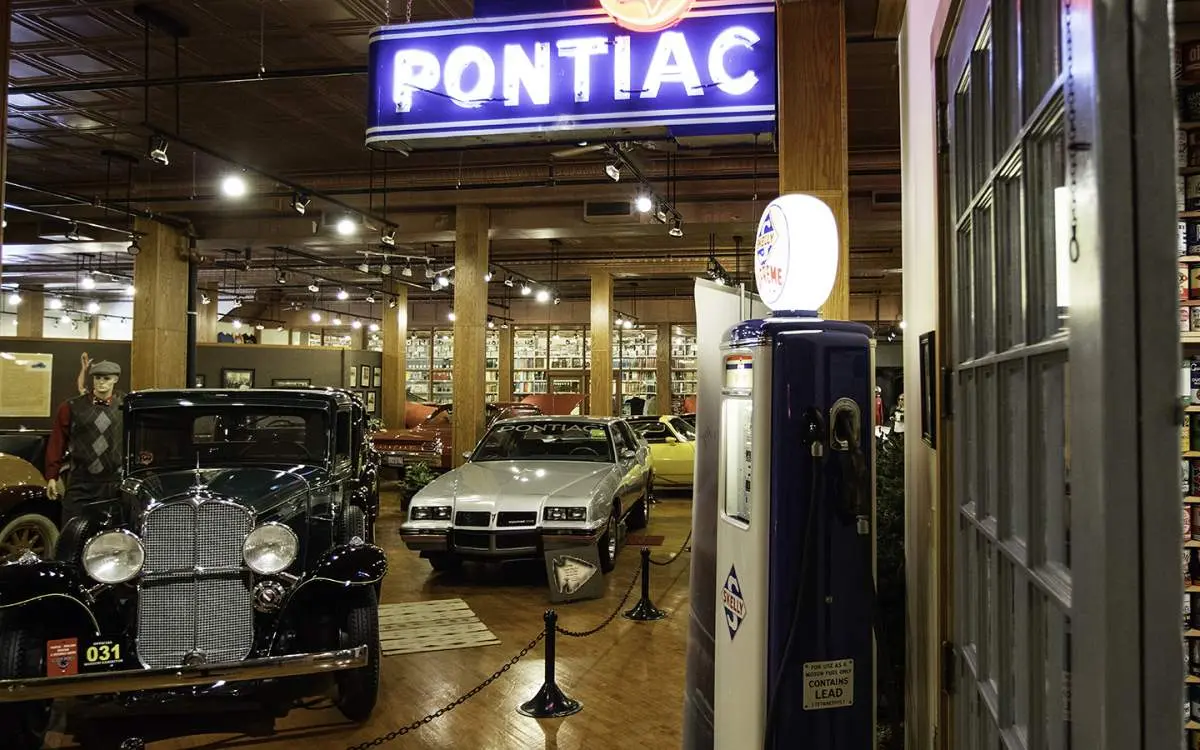
Historic Route 66
Like most National Scenic Byways, Route 66 today carries travelers more interested in the going than the getting there. The route symbolically begins at Chicago’s Buckingham Fountain and continues for 300 miles southwest through Illinois (or about 435 miles if you take all the original side roads). Much of the Illinois section runs just a few yards from I-55 traffic. A big part of the Route 66 fun is the tribe you join en route. Because most people travel at about the same pace, you may run into the same folks over the course of several days—at restaurants, museums and motor inns—and end up swapping tips about must-see statues and diners and sharing stories about your experiences.
Three Favorite Stops
- Lou Mitchell’s Restaurant and Bakery. Between towering Chicago buildings, the low-slung ‘50s-era hot spot gives diners free doughnut holes and Milk Duds.
- Ambler-Becker Texaco Gas Station. The 1930s service station (80 miles southwest of Chicago) resembles a cottage.
- Pontiac-Oakland Automobile Museum. Any car aficionado’s dream: A rotating lineup of rare Oakland autos and iconic Firebirds in Pontiac.


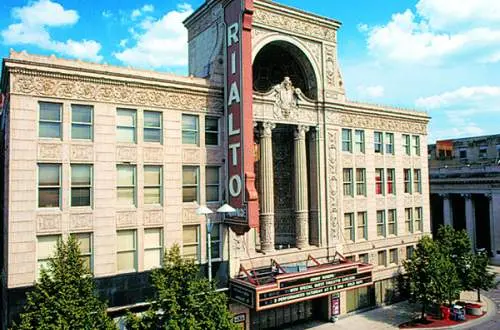
Illinois Lincoln Highway
Nearly as old as the automobile, the Lincoln Highway—US-30 for much of its way across northern Illinois—was born when Midwest visionaries saw the need for a New York-to-San Francisco route. In 1924, Illinois become one of only two states to pave every mile of the highway, two years before Rand McNally published its first atlas. Now, I-80 and I-88 parallel almost all of the 179-mile route through Illinois, which stretches from Lynwood, a Chicago suburb, to Fulton along the Mississippi River. Take your time and follow the plentiful red-white-and-blue signs that bear the highway’s trademark oversize “L.”
Three Towns to Explore
- Joliet. Straddling the Des Plaines River, the limestone-clad downtown buildings recall a prosperous past forged on steel production.
- Batavia. Victorian homes line a string of riverside parks. Seven historic windmills catch the breezes downtown.
- Dixon. The byway rolls into this factory town where Ronald Reagan lived as a child. Glimpse the former president’s early years at his boyhood home.
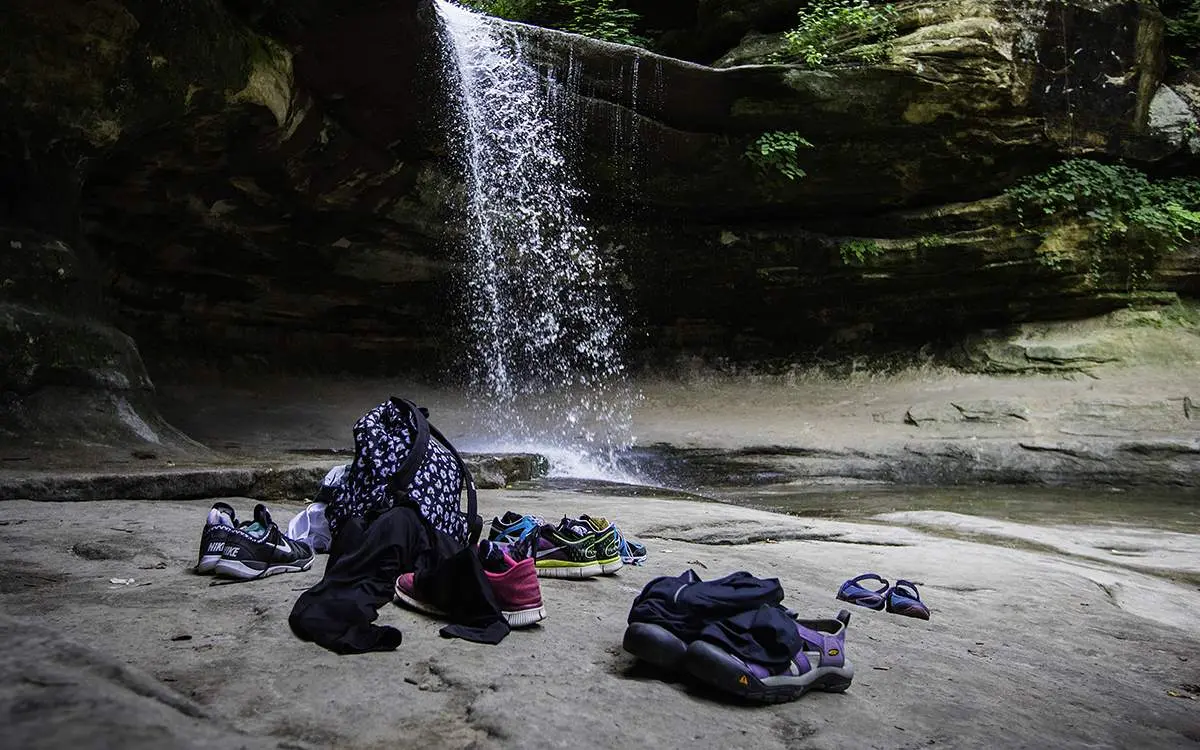
Illinois River Road
Within easy drives of Chicago and St. Louis, the Illinois River Road National Scenic Byway threads through natural areas and past spectacular water views, bluffs and brilliant fall foliage. White pelicans soar above Chautauqua National Wildlife Refuge, flapping down to roost in the water. Truth be told, migrating birds might be the biggest concentration of creatures (animal or human) you see along this peaceful 291-mile byway in the heart of the state. When travelers start craving the comforts of civilization, the road meanders to places with just the right amount: welcoming hearths, inspiring art and history, memorable meals and even locally produced wines.
Three Great Nature Areas
- Chautauqua National Wildlife Refuge. Chautauqua harbors more than 250,000 waterfowl and shore birds. An easy trail leads to observation platforms along Lake Chautauqua.
- Starved Rock State Park. This remarkable pocket of land includes 18 sandstone canyons, 14 waterfalls—including some that freeze into glittering walls in winter—and abundant wildlife and birds.
- Matthiessen State Park. Five miles of trails carve into the mile-long canyon. You'll find rock formations with imaginative names such as Devil's Paintbox, Wishing Well and Giant's Bathtub.
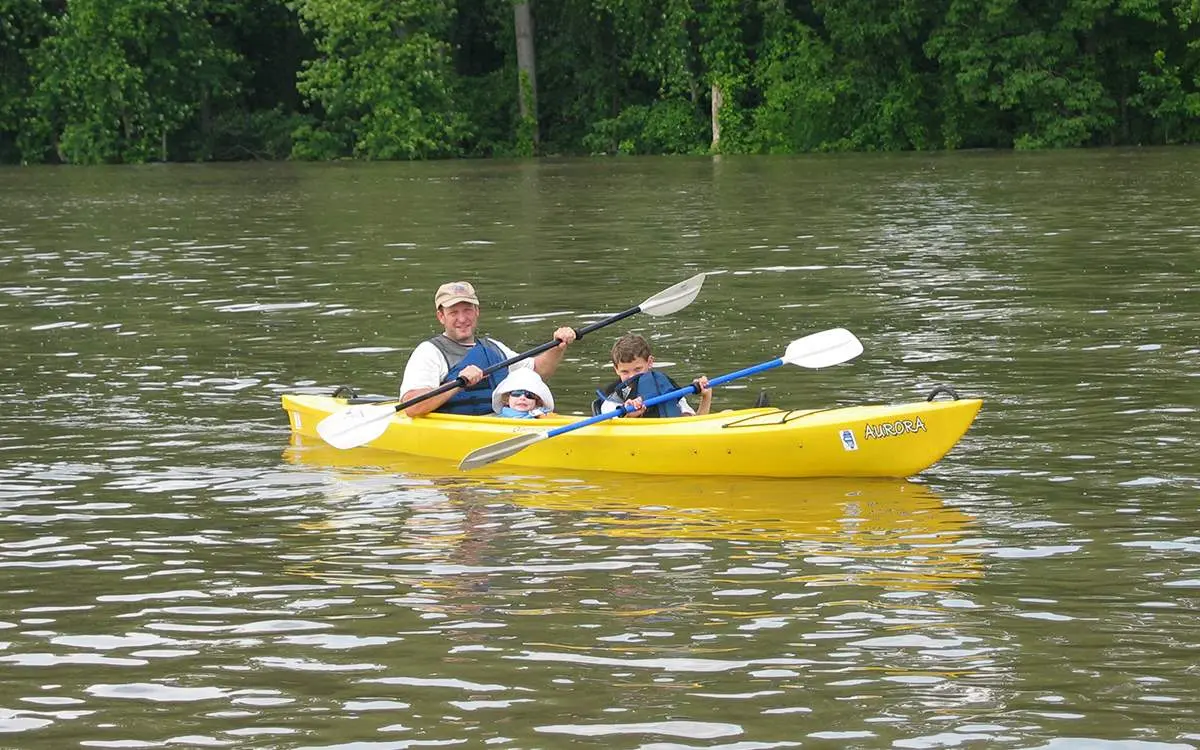
Meeting of the Great Rivers
America’s early history runs deep along the edge of west-central Illinois, the region where the Mississippi, Missouri and Illinois rivers meet. From Native Americans to the Lewis and Clark expedition and 19th-century steamboats, a parade of travelers has left its mark here. You’ll discover their legacies on this 33-mile byway, which begins just north of St. Louis.
Three Towns to Explore
- Alton. The byway’s largest town welcomes shoppers looking for antiques and art. A 24-hour chocolate buffet pampers guests at Beall Mansion.
- Elsah. This tiny town provides a step into the 19th century with stone cottages and Greek Revival buildings housing quaint shops.
- Grafton. Get in tune with the town’s laid-back Jimmy Buffett-style atmosphere at colorful waterfront bars and wineries.
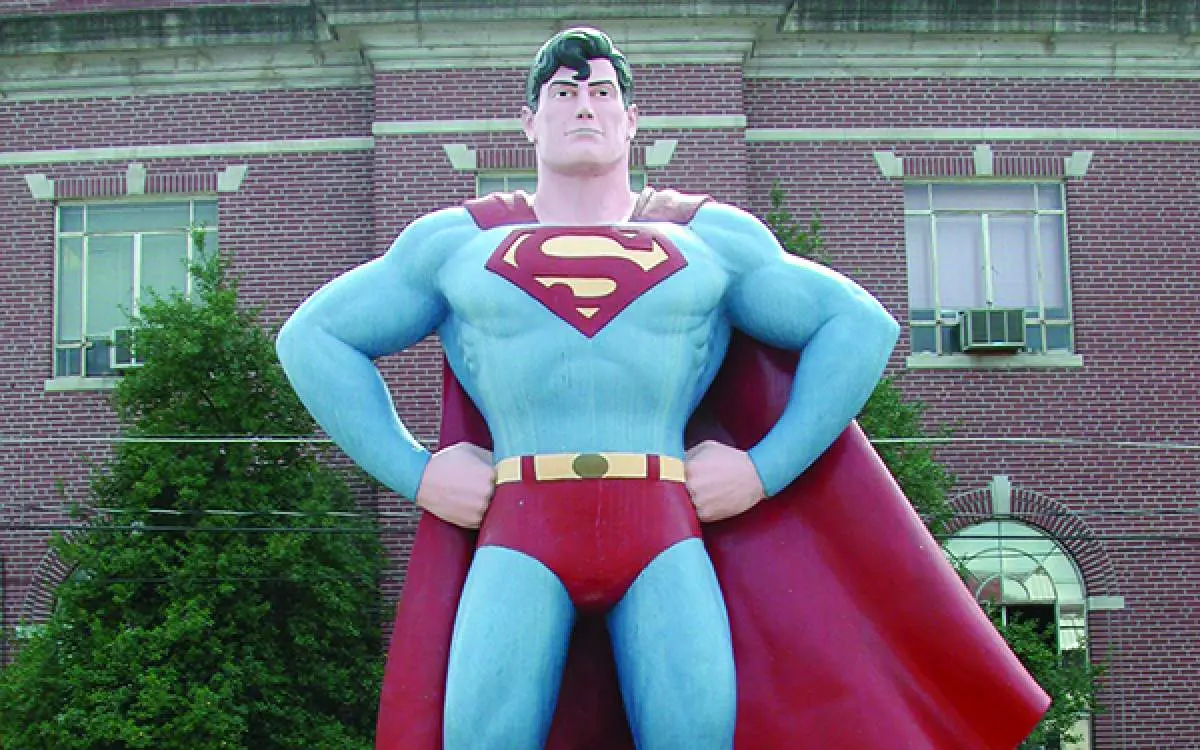
Ohio River Scenic Byway
Follow the green-and-blue signs as this scenic route weaves its way across Illinois’ southern reaches beside the waterway that carried many of the state’s first settlers. The 200-mile drive takes you to history-rich river towns, as well as parks tucked away like hidden treasures in remote, rocky terrain. Beginning at the Indiana state line, the byway twists and dips through wooded, hilly landscapes that seem a world away from the flat farmlands usually associated with the Prairie State. Your trip ends where the Ohio and Mississippi rivers meet.
Three Towns to Explore
- Cave-In-Rock. Be sure to explore the small town’s namesake: a 55-foot limestone cavern carved into a bluff above the Ohio River.
- Metropolis. A 15-foot statue of the “Man of Steel” guards the courthouse square at the center of Superman’s adopted hometown.
- Cairo. See where Civil War General Ulysses S. Grant launched his army into the South at Fort Defiance State Park.
Share your Moments
#EnjoyIllinois
